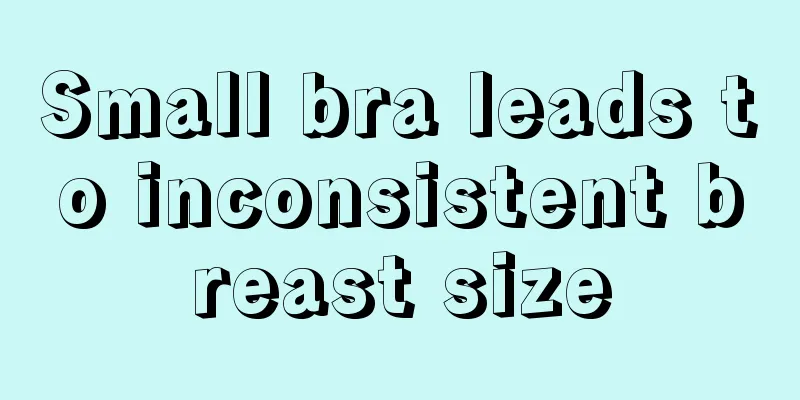What are the nursing methods for acute suppurative appendicitis?

|
Acute suppurative appendicitis is a common acute inflammation in life and one of the most common diseases in clinical internal medicine. If you seek medical treatment in time, the disease can be cured quickly. However, sometimes patients do not pay enough attention to it and take some painkillers when pain occurs, which may delay the disease and cause more serious complications. Acute appendicitis care is as follows: 1. Body position for acute appendicitis care: After the patient returns to the ward, he/she will be given appropriate body position according to different anesthesia. After blood pressure stabilizes, adopt a semi-recumbent position. What are the nursing methods for acute appendicitis? 2. Diet for acute appendicitis care: Generally, patients with mild symptoms are required to fast on the day of surgery and eat liquid food on the first day after surgery. Do not eat too much sweets and milk to avoid abdominal distension. Generally, semi-liquid food can be taken on the second day after surgery, and normal food can be taken on the third to fourth day. Severely ill patients need to fast and receive intravenous drips, and can only take liquid food after the anus is exhausted. 3. Early mobilization in acute appendicitis care: Patients should be encouraged to get out of bed and move around early to promote recovery of intestinal motility and prevent intestinal adhesion. Patients with mild symptoms can get out of bed and move around on the day of surgery, while patients with severe symptoms should stay in bed and get out of bed and move around as soon as their condition stabilizes. 4. Close observation of the condition during acute appendicitis care: Postoperative complications should be discovered promptly and reported to the doctor for treatment. ① Incision infection in acute appendicitis care: It is the most common complication after appendicitis surgery, mostly caused by surgical contamination, retained foreign bodies, hematoma, poor drainage, etc. The infection site is mostly subcutaneous, but can also be extraperitoneal. medical. The symptoms include fever, local redness, swelling, distension, or throbbing pain in the incision 2 to 3 days after the operation. The treatment is to remove sutures, clean the wound, drain it, and change the dressing regularly until the wound heals. |
<<: What are the treatments for knee osteoarthritis?
>>: Is Coronary Angiography Dangerous? Disadvantages of coronary angiography
Recommend
What are some tips for treating rheumatic knee pain?
In daily life, knee rheumatism is a relatively co...
Which birth control ring is better
The IUD is a contraceptive measure preferred by m...
What to do if lymph node detoxification is not good
The role of lymph is very important, and its most...
Why do people feel sleepy in spring?
There is a saying that people feel sleepy in spri...
The harm of nicotine
As we all know, nicotine is a nicotine, and nicot...
The dangers of lung cancer puncture
What are the dangers of lung cancer puncture? The...
Diet for prostate cysts and prostate cancer
In daily life, the occurrence of prostate cysts a...
What is the function of deer antler
Deer antler has great medicinal value because it ...
Can I still have sex when I’m just pregnant?
After a woman successfully becomes pregnant, she ...
Do you know what the symptoms of anemia are?
Anemia is a relatively common symptom. Anemia doe...
The correct way to use perfume
Perfume is very common, and there are many types ...
Do you know what liver function tests include?
Modern people pay more and more attention to heal...
Detailed explanation of common methods for treating prostate cancer
At present, the incidence of prostate cancer is v...
How to identify axillary lymph nodes?
Swollen axillary lymph nodes can be benign or mal...
What is the reason for the left kidney swelling
Kidneys are very important to us. Generally speak...









